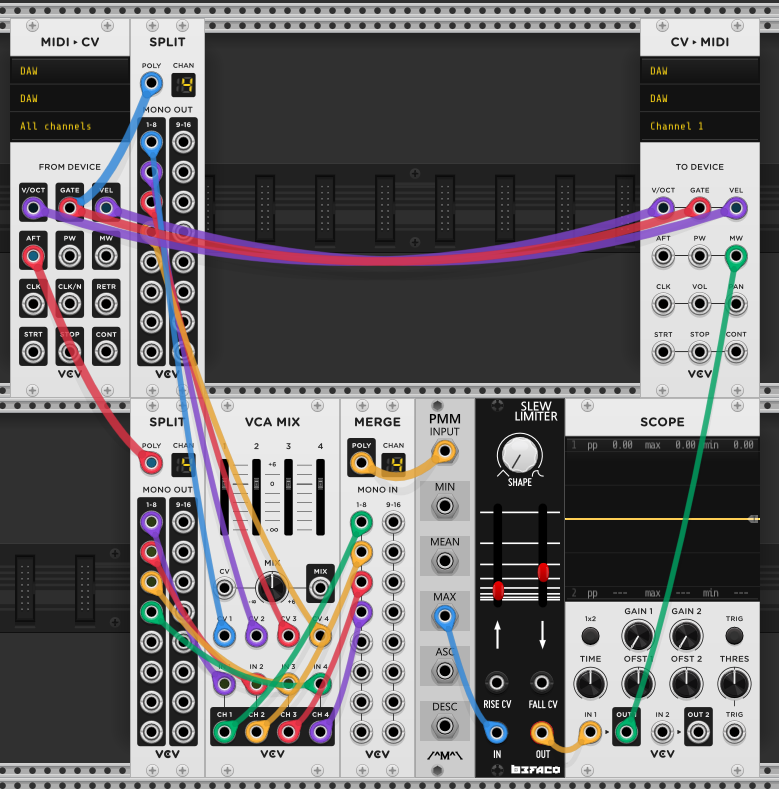I am reading Dune for the first time — a book I’ve avoided until now because friends expressed dislike or indifference toward it. And wow, it’s a mixed bag. The first chapter was compelling and exciting… and then the second was melodrama that I actually laughed at. “I, Baron Vladimir Harkonnen!” twirling his mustache while reminding his son Sting Feyd and his favorite assassin what his name is and what his dastardly plot is and being fat-shamed. There’s an awkward level of third-person omniscience, where we’ll hear the inner monologues of multiple characters one after another. And I am not on board with the way some plot points are not just foreshadowed, but fore-reported. But there are definitely some cool ideas and spots of nifty language, and I’m enjoying it. When I’m not reading it I want to know what happens next and what was meant by a couple of mysterious things that were said, and honestly, Bene Gesserit powers are way cooler than the Force. Consent is really not much of a thing with them though, is it? Yikes.
On a recommendation, I’ve been going through the Hal Leonard Bass Method book. It can be a struggle to play what seems like really basic stuff when you are simultaneously:
- Reading sheet music, when you’re not used to bass clef. Sometimes with finger numbers, sometimes position advice, sometimes with chord names, and sometimes you are not playing the root of the chord so those chord names are misleading.
- Trying to intone the notes properly when playing fretless.
- Sticking to the rhythm, using a metronome.
- Alternating fingers on the plucking hand, and raking when moving from a higher string to a lower string.
- Playing stuff that musically makes little sense, so you have to concentrate on reading what’s written rather than playing what you think it should be.
I recognize that getting this right will make me a better bass player, but I’m still thinking that reading sheet music is too much of a tangent for the kind of playing I want to do.
This book teaches 1-2-4 fingering (index, middle, pinky on three frets at a time) rather than “OFPF” (one finger per fret) at first, and I’m finding that’s pretty comfortable even at U-bass scale lengths. My thinking now is that a fretted instrument will be easier to learn on, and I may go for an Ibanez Mikro bass, with its 28.6″ scale length. They’re pretty inexpensive (partially marketed to kids) and look sharp (the “walnut flat” style especially appeals to me, even though there’s also a metallic purple [edit: I’ve seen more pictures of the walnut and some of them are actually ugly instead of beautiful! it varies so much. Better not risk it if not buying from a shop in person]). But I won’t want to abandon fretless entirely, and the U-bass will still have a role. I’ll probably switch off to emphasize different sound and different skills to work on.
In other gear news… so much for freezing my Eurorack setup, probably! Someone is selling/trading their Inertia and Polygogo. I’m still curious about the Inertia and kind of missing Maths anyway, so I feel like it would serve me better than Loquelic is currently — nothing against Loquelic but I can get those sounds in other ways.
The Polygogo is something I’ve been curious about thanks to a much cut-down version in VCV Rack. It too has some lovely FM sounds combined with its polygonal synthesis, which has some already FM-ish and sync-ish but unique tones… it’s tasty. The seller is interested in trading for an Akemie’s Castle, which is the only way I could make room. I’m of two minds about this — I’ve been thinking of trading the Castle for about 3 years now but every time I patch it I fall in love with the sounds. That doesn’t necessarily mean I can’t functionally get very similar sounds with other stuff though — including the Polygogo. So after some hemming and hawing, I made an offer.
Turns out the Polygogo was already sold, so that’s fine. I’ll buy the Inertia, sell my Loquelic, and keep the Castle still and not regret anything.
For the first time last night, I played with custom scale programming on the Ensemble Oscillator. I should have been doing this all along. The freely tunable versions of it fit extremely well with my workflow and can make some really beautiful drones. Honestly, before this I was also thinking of EnOsc as kind of secondary, in a similar space to other oscillators. But now I’m going to take advantage of this for sure and it might become extremely key. Or at least, off-key…




